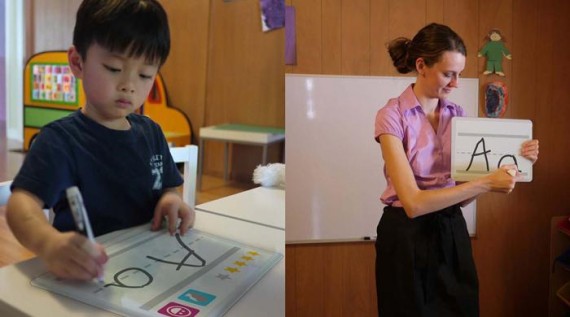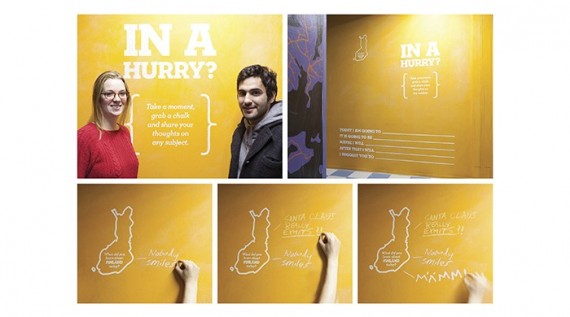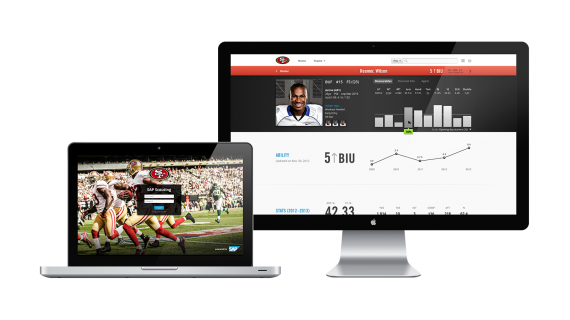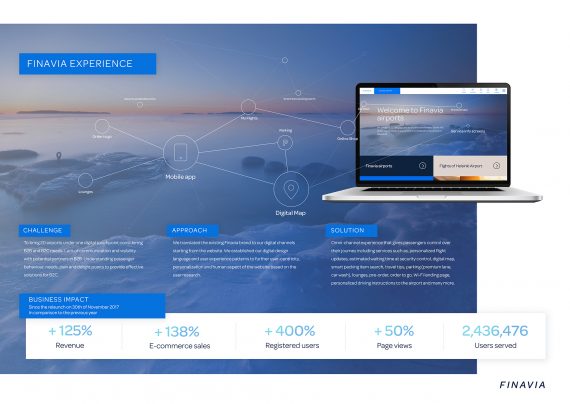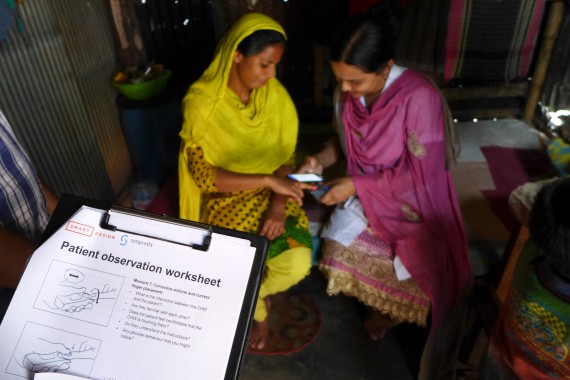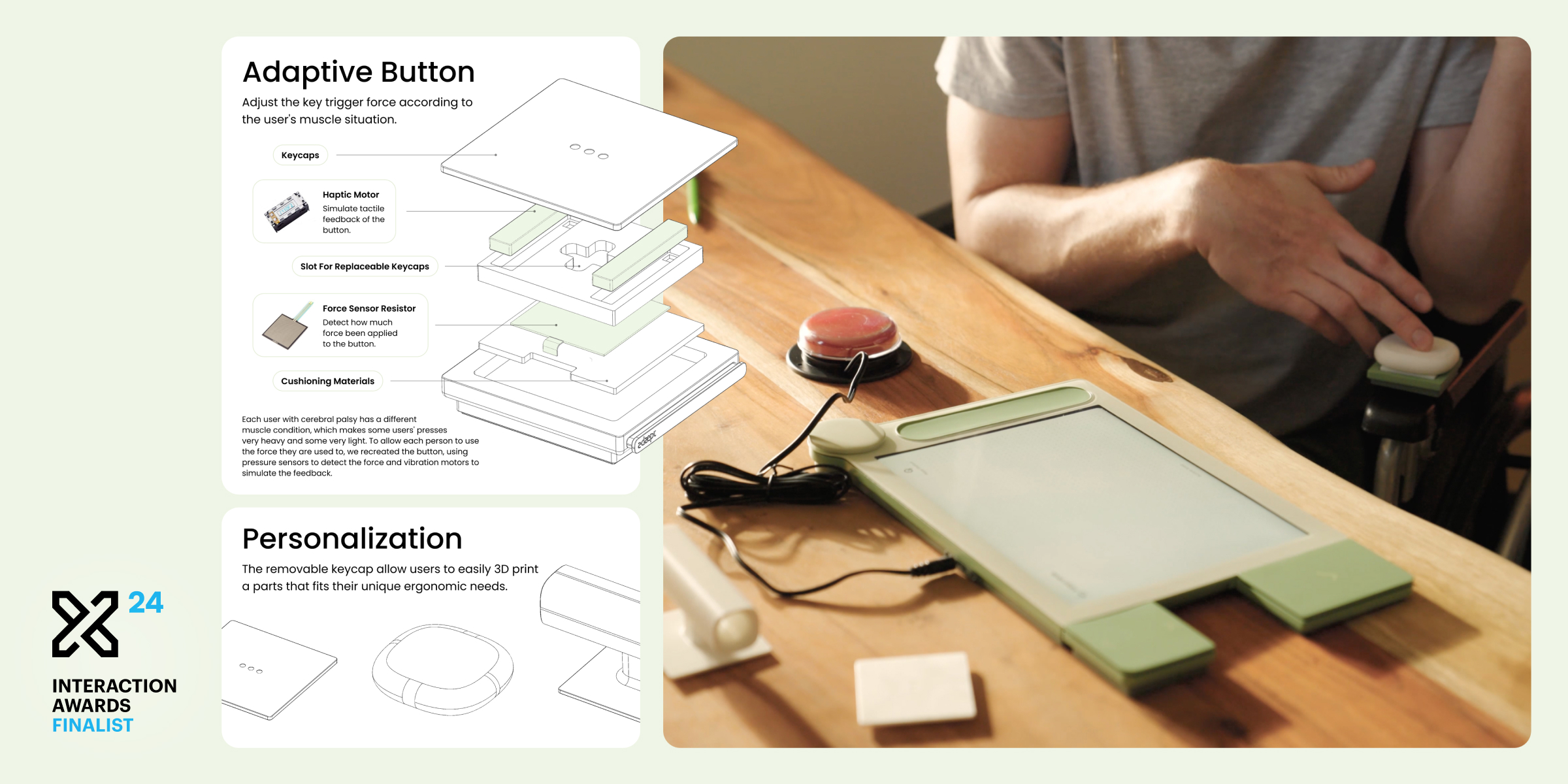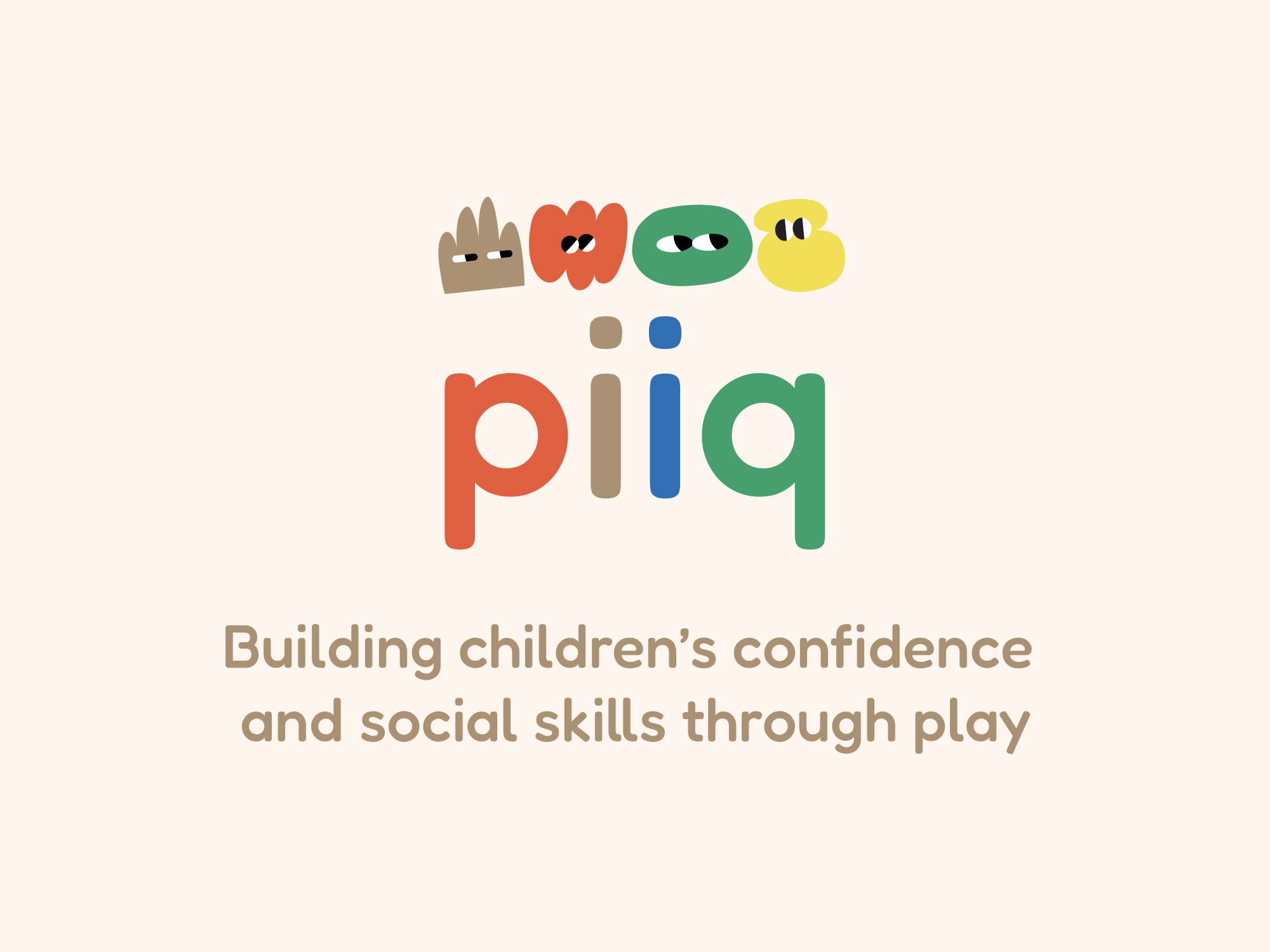Steps
Team
Company | Institution
Category
Type
Project description
n the beginning of 2010, Microsoft Research came to our interaction class at Art Center College of Design and proposed a design challenge–“service meets social”. Being from California, our educational system has been deeply effected–to name a few of the giant issue: budget cuts, young and new teachers getting pink slips, students being packed into classrooms, and outdated standards. Our group easily, though sadly, found a field that desperately needs real solutions. Watching our family, friends, and community being negatively affected by the troubling educational system, we were motivated and inspired to find innovative ideas to solve our state’s educational problems. We approached our project with these questions: How do we update and integrate relevant technology into the classroom? How do we allow teachers to feel comfortable to share their ideas? Most importantly, how do we allow students to get the most out of their education? STEPS, our project, is an online resource and community for educators. With lesson plan databases, member profiles, and a series of expandable integrated applications and devices. STEPS brings networking to K-12 education and allows innovative ideas to be shared beyond the classroom.
Context
We had fourteen weeks to research, conceptualize, and propose our project idea. During the beginning of our project, the iPad was announced, so it was an opportunity to imagine how the tablet can exist in the classroom environment. One of the challenges we faced was also how much does a classroom need a tablet while there are very useful traditional tools? Through the allotted timeframe, we decided to focus on the youngest group of students our project allowed–5-year-olds–and conducted field research of how kindergarteners orient tablets.
We also interviewed teachers and found that teachers weren’t sharing their ideas and lesson plans to other teachers. Holding onto teaching jobs has become a competitive environment and unfortunately students are getting the short-end of the deal. Therefore, our project morphed into focusing on teachers to come together as a community and share their experiences, ideas, and passion to one another. We wanted our project celebrates teachers.
By the end of the 14 weeks, our group of the 5 groups in the class, was selected to present our project at the 2010 Microsoft Research Design Expo in Redmond Washington.
Impact
Steps is a project that aims to impact education–improve the classroom environment, help teachers become more comfortable with the system they work for as well as encourage young talented and passioned individuals to become teachers. A component of STEPS, is an app store called Bookshelf. Bookshelf is the place for teachers to either buy or download apps which they can collect and organize into their lesson plan.
Those who create and contribute to the development of the apps could either be the school district, school, teachers, as well as third-party developers. Bookshelf provides a space that can help generate revenue for the Steps system. Creating a successful app or lesson plan can also be an incentive for teachers because the more that their created app/lesson plan is downloaded, the more obvious the success is of their creation. With that, teachers who contribute back into the system can be rewarded through recognition.
Craft
STEPS has tablet app prototypes that were developed on the iPad and HP Touchsmart. The HP touchsmart was used for the teacher’s tablet and the iPad app was for the students. We imagined that the tablets be made specifically for the classroom. Students should have limits to their tablets and not be allowed to stray away from the lesson plans. While teachers are prepping up for the next assignment, students can play with more constructive games.
Though tablets are quite expensive today, they are more likely to become more affordable. The tablets are used to demonstrate the classroom’s usage of tablets; however, teachers control the content of their tablets through the teacher’s social network: www.stepsforteachers.com. This website allows teachers to come either in the beginning or end of the day to review their lesson plans and then sync it to their tablets. Teachers can review and comment on their lesson plans as well as check up on other teacher’s lesson plans.
Though, it is easy to hope that steps would have all teachers to share their ideas, the reality is Steps can only provide the interactive tools and encouragement for 21st century teacher to use 21st century social interaction.
Context
We had fourteen weeks to research, conceptualize, and propose our project idea. During the beginning of our project, the iPad was announced, so it was an opportunity to imagine how the tablet can exist in the classroom environment. One of the challenges we faced was also how much does a classroom need a tablet while there are very useful traditional tools? Through the allotted timeframe, we decided to focus on the youngest group of students our project allowed–5-year-olds–and conducted field research of how kindergarteners orient tablets.
We also interviewed teachers and found that teachers weren’t sharing their ideas and lesson plans to other teachers. Holding onto teaching jobs has become a competitive environment and unfortunately students are getting the short-end of the deal. Therefore, our project morphed into focusing on teachers to come together as a community and share their experiences, ideas, and passion to one another. We wanted our project celebrates teachers.
By the end of the 14 weeks, our group of the 5 groups in the class, was selected to present our project at the 2010 Microsoft Research Design Expo in Redmond Washington.
Impact
Steps is a project that aims to impact education–improve the classroom environment, help teachers become more comfortable with the system they work for as well as encourage young talented and passioned individuals to become teachers. A component of STEPS, is an app store called Bookshelf. Bookshelf is the place for teachers to either buy or download apps which they can collect and organize into their lesson plan.
Those who create and contribute to the development of the apps could either be the school district, school, teachers, as well as third-party developers. Bookshelf provides a space that can help generate revenue for the Steps system. Creating a successful app or lesson plan can also be an incentive for teachers because the more that their created app/lesson plan is downloaded, the more obvious the success is of their creation. With that, teachers who contribute back into the system can be rewarded through recognition.
Craft
STEPS has tablet app prototypes that were developed on the iPad and HP Touchsmart. The HP touchsmart was used for the teacher’s tablet and the iPad app was for the students. We imagined that the tablets be made specifically for the classroom. Students should have limits to their tablets and not be allowed to stray away from the lesson plans. While teachers are prepping up for the next assignment, students can play with more constructive games.
Though tablets are quite expensive today, they are more likely to become more affordable. The tablets are used to demonstrate the classroom’s usage of tablets; however, teachers control the content of their tablets through the teacher’s social network: www.stepsforteachers.com. This website allows teachers to come either in the beginning or end of the day to review their lesson plans and then sync it to their tablets. Teachers can review and comment on their lesson plans as well as check up on other teacher’s lesson plans.
Though, it is easy to hope that steps would have all teachers to share their ideas, the reality is Steps can only provide the interactive tools and encouragement for 21st century teacher to use 21st century social interaction.


